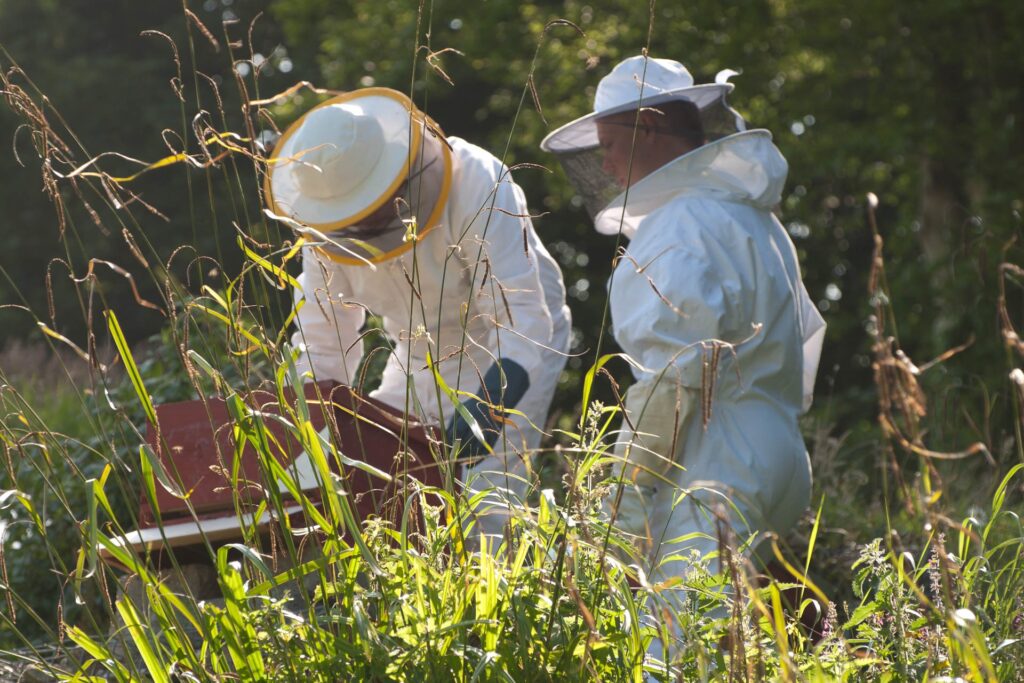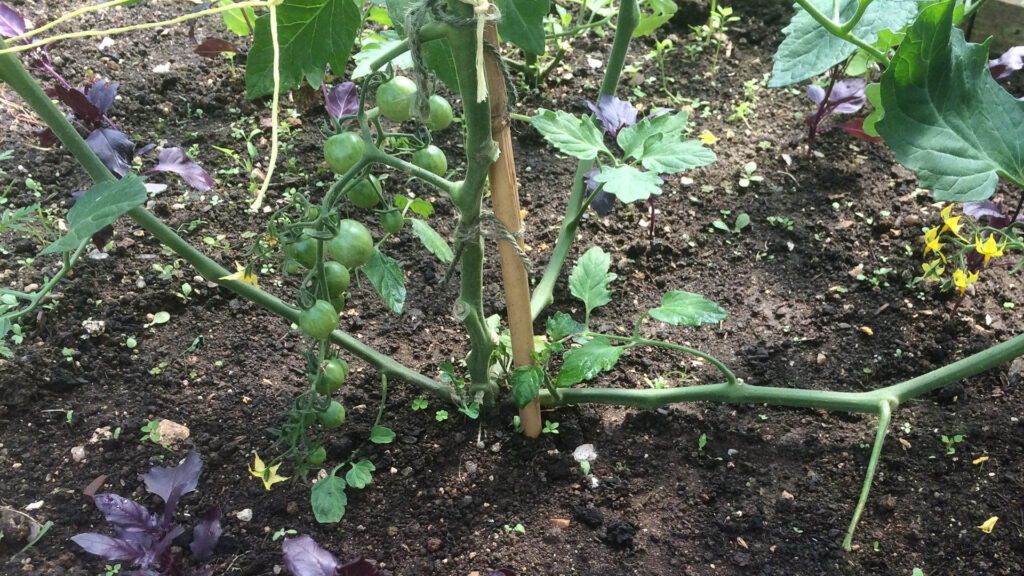An organic, abundant, no-dig growing system
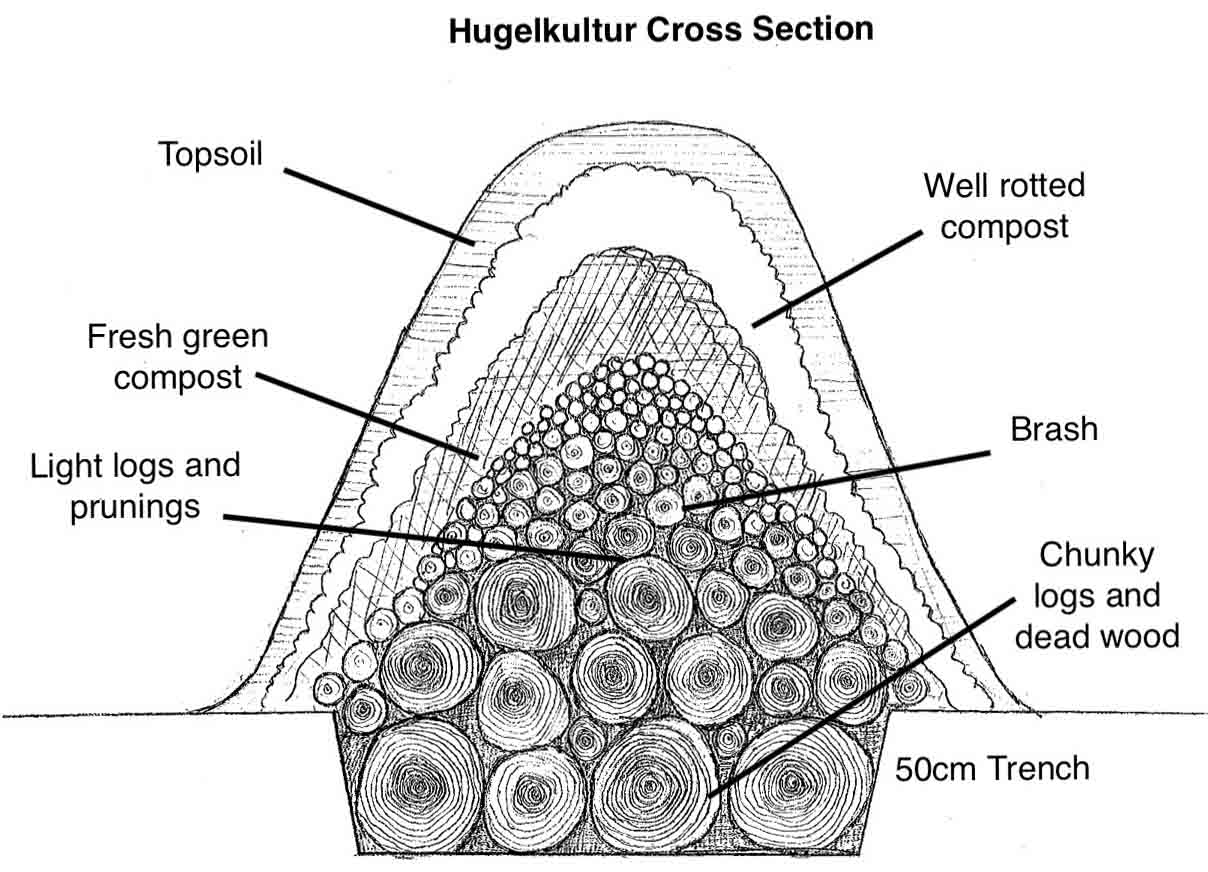 If you have visited The Pines Garden over the last six months you might have noticed two conspicuous mounds which have appeared in the meadow. These are our new hugelkultur beds, which we hope will provide us with a super-productive growing space in the years to come.
If you have visited The Pines Garden over the last six months you might have noticed two conspicuous mounds which have appeared in the meadow. These are our new hugelkultur beds, which we hope will provide us with a super-productive growing space in the years to come.
Hugelkultur is a German word, which means “mound growing”.
In this blog entry, I’m going to explain how we made our hugelkultur beds and why we are so excited to have them in the garden so that you might feel enthusiastic enough to have a go at making one yourself!
A hugelkultur is essentially a raised bed, which is constructed out of layers of rotting, organic material, rather like a compost lasagne. Over time the material will decompose and cause the bed to sink, providing twenty-odd years of abundant fertility. The hugelkultur requires no watering (after the first year) and no feeding. If only it could eradicate slugs too!
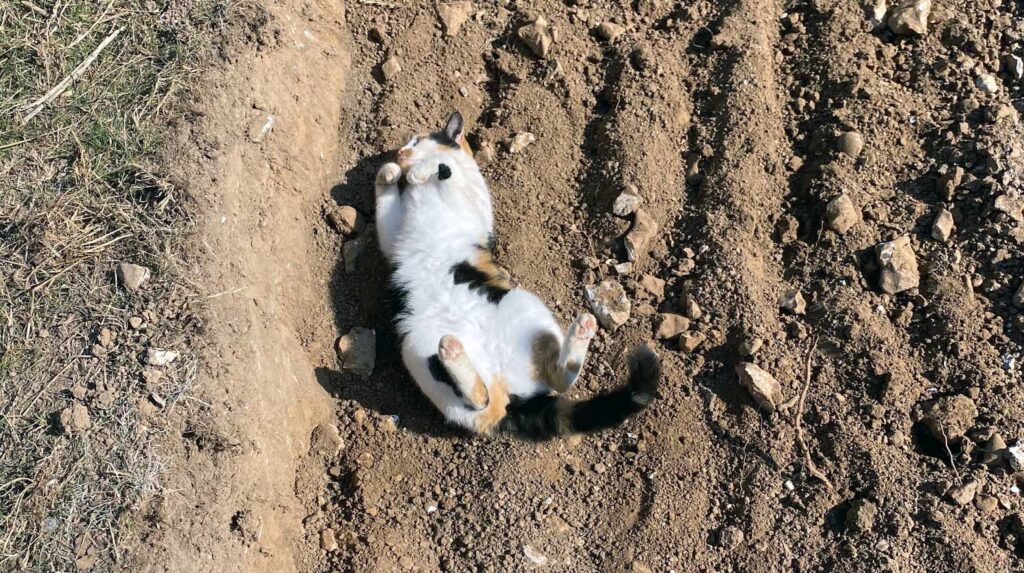
This is how we constructed our Hugelkultur beds:
- We dug a 50cm trench in the shape that we wanted the beds to eventually form, saving the excavated turf and topsoil.
- The trench was filled with chunky logs and tree stumps; the thickest dead wood that we had, which would take the longest time to decompose.
- The next layer was made up of lighter wood and prunings and this was followed by a layer of brash, sticks and twigs.
- We made sure that each layer was less dense and woody, covering the brash with fresh, green compost, on top of which we laid well-rotted compost.
Finally, the hugelkultur was topped with the topsoil from our original excavation.
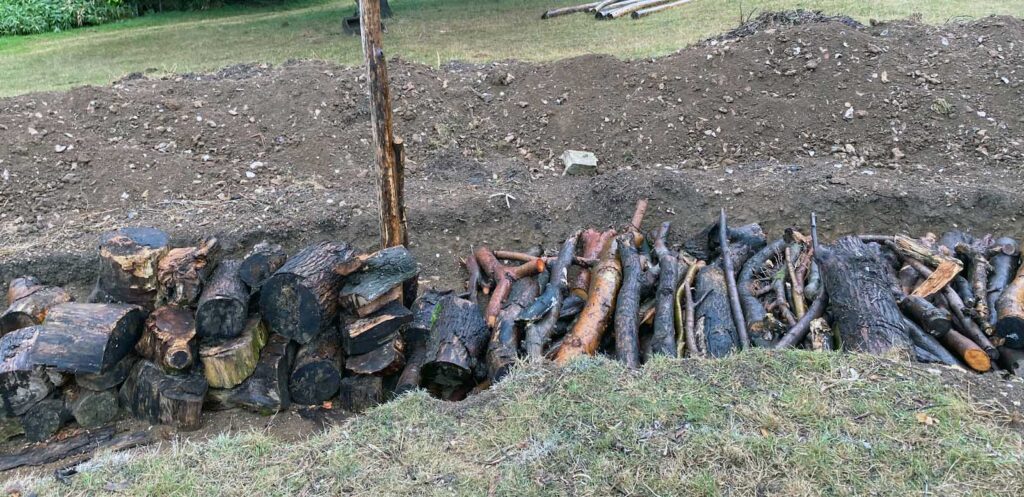
So far we have planted annual vegetables and green manure in the beds, and despite a pretty difficult season, some things are actually growing! The first year of a hugel is famously unpredictable. The bed can lose nitrogen as a consequence of the initial decomposition of all that wood inside it, so we have planted plenty of nitrogen fixing plants, like beans, peas and clovers.
My favourite thing about hugelkultur is that it is a fantastic way to use waste materials to create an organic, abundant, no-dig growing system, which will be self-sustaining and resilient. I can’t wait to see how our hugelkultur beds evolve!

